Warsaw – Old Town
The current Warsaw old town began to be built in the 1200s with a castle as its center point. The market place itself, or the square, was built in the late 1300s. Around the old town, a defensive wall and moats were built to protect the city from attackers. The old town was until the outbreak of the Second World War, September 1, 1939, a cultural and social gathering place for the people of Warsaw. Already on the first day of the the war Warsaw was bombed by the Germans, but without causing any major damages. More extensive bombings took place on 8, 13 and 25 September with significantly greater damages and human losses. About 10 percent of Warsaw was destroyed during the polish campaign. Warsaw was bombed again in 1941 when Soviet aircraft attacked German targets in the occupied city.
But it was in 1943 the devastation began to hit hard on the city. First when the city’s Jewish ghetto was razed to the ground by the germans after the uprising in May 1943. An uprising that ended with the great synagogue being blown up as a symbolic gesture that the Warsaw ghetto was wiped out once and for all. The next devastating blow to Warsaw came when the Polish Home Army rebelled against the germans on August 1, 1944, in the belief of that Soviet Red army would come to the rescue. But in vain. This meant that the motley band of SS and Police forces were able to systematically fight back the insurrection and destroy everything that came in their way. After the uprising was crushed, German engineering troops began to systematically destroy the Warsaw house by house, which also affected the old town. The buildings that were not destroyed during the battle were blown up.
Current status: Rebuilt (2021).
Location: 52°14' 59.26" N 21°00' 43.88" E
Get there: Tram.
Follow up in books: Davies, Norman: Rising ’44: The Battle for Warsaw (2004).
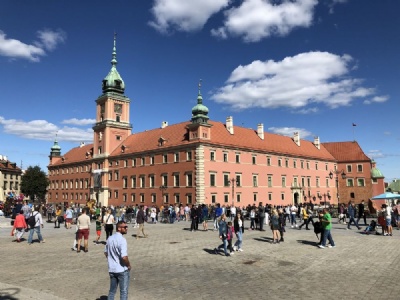
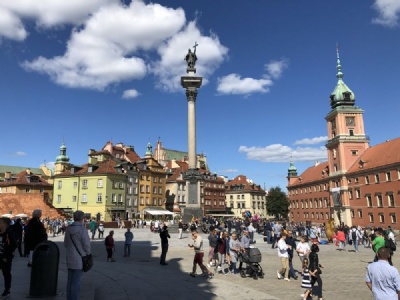
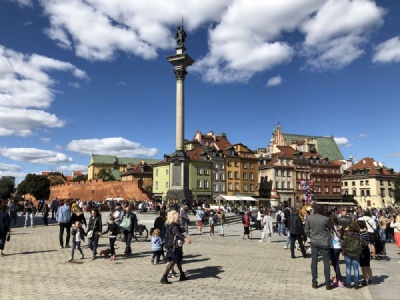
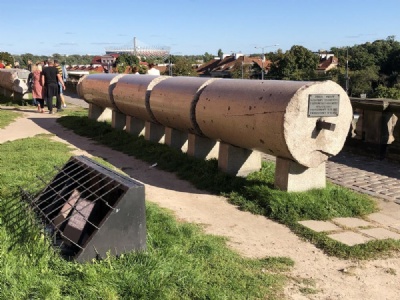
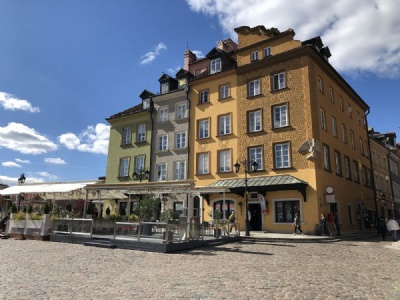
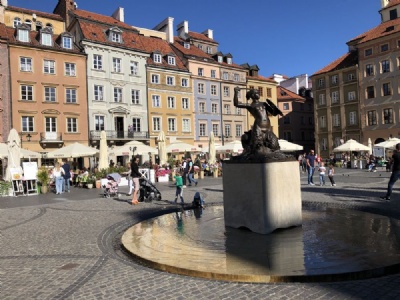
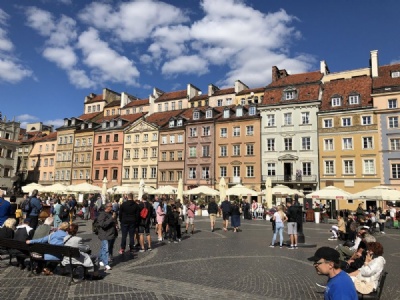
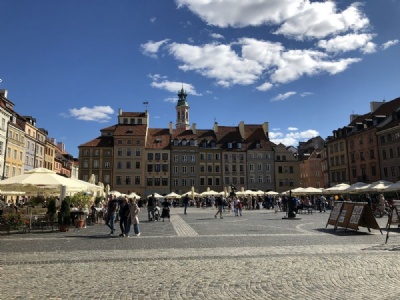
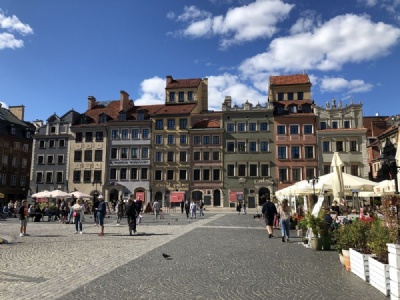
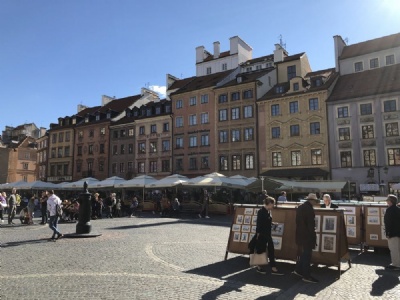

When the Germans were defeated in Warsaw, January 1945, the question was raised whether it was worth rebuilding the city. However, through an extensive project, the city began to be rebuilt in the same month. In the historic center (old town), the ambition was to recreate the historical buildings and monuments with the help of old drawings, photos and personal memories. It was a time-consuming process that took decades to complete, but the result was remarkable.